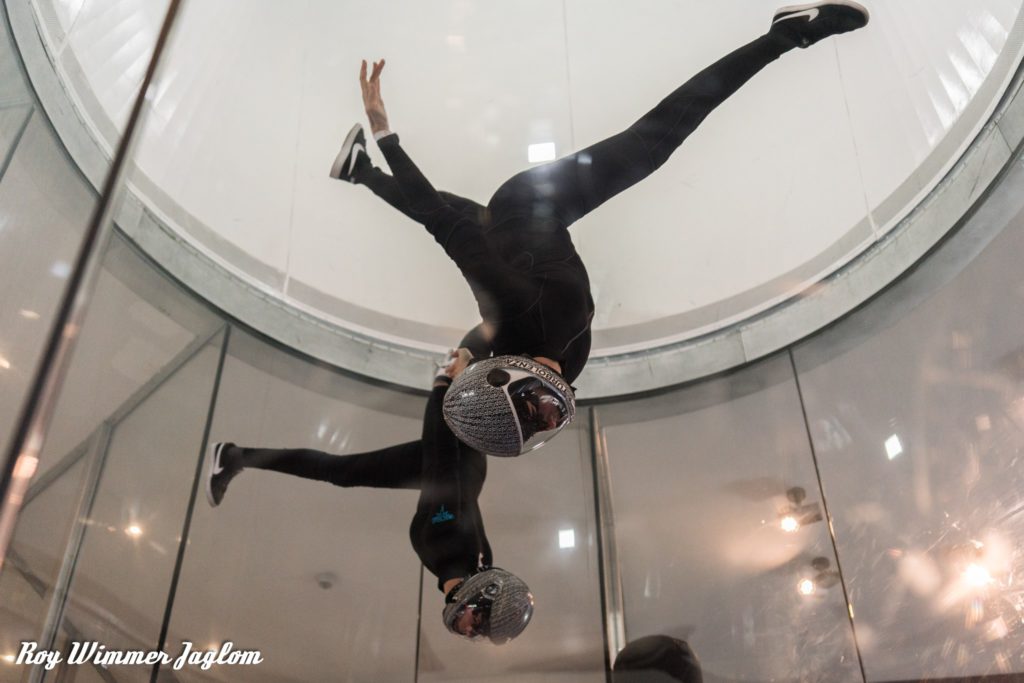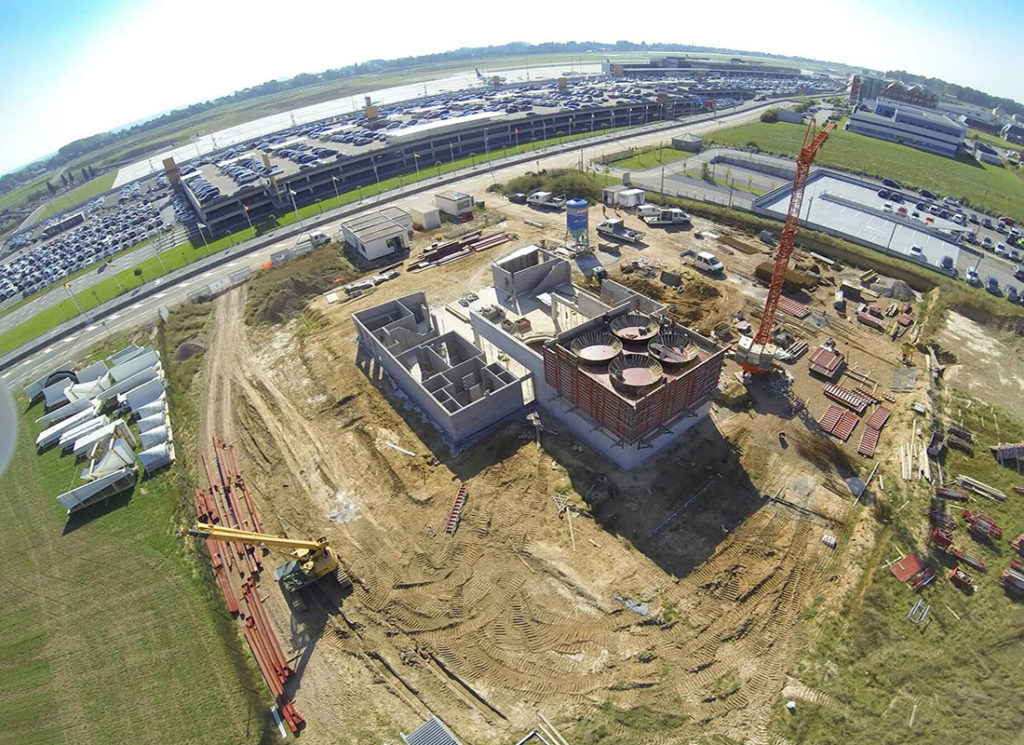5 Crucial Tips for Building the Best Indoor Skydiving Center
StarFly has been providing professional assistance and consultancy for wind tunnel operators for several years now. Our extensive experience in vertical wind tunnels has enabled us to supply superior quality indoor skydiving equipment at unrivalled prices to skydiving center operators across the world.
Here, we have condensed that knowledge and experience into 5 powerful tips that are guaranteed to help operators build the best indoor skydiving center.
How to Find the Best Location
Customer is the king. This maxim, although overused, is as relevant as ever and will continue to be in the future.

Your choice of location for your indoor skydiving business should be in consideration of your customers’ location. So, ask yourself – who are my customers? Is it the military trainees, general public, or commercial rentals?
Your answer to these questions will help you determine your ideal location. For instance, if your customers are armed forces, then you need to be closer to a military establishment. Likewise, if your customers are the general public, then your location should be closer to large population density and high median income areas.

Your Target Segment Decides the Size and Technology of the Wind Tunnel
First-time indoor skydivers and amateur customers require neither a large wind tunnel, nor a high speed one. They fly in the belly-to-earth position, for which low speeds will do. In addition, a vertical wind tunnel of 14 feet standard size will accommodate plenty of them. Typically, they are not too bothered by the noise either.
If your target segment includes pros, military groups, and seasoned skydiving enthusiasts, then it’s a different ball game altogether. They perform various in-flight stunts and different positions, for which speeds of 170+ mph are required. They also require larger tunnels for performing their skydiving feats.

Further, there is a vast variety of technology options available for setting up indoor wind tunnels. For instance, recirculating wind tunnels are expensive, but solve the noise problem, which is a crucial factor for delivering a pleasant indoor skydiving experience.
Find Investors Before You Find Instructors
A great many businesses fail because they plan way too ahead, without delving much into the most critical aspects. Funding, reliable technical expertise, trusted advice, competitive advantage, and professional guidance are the most vital elements of a successful indoor skydiving business.
All the other pieces will fall into their places at the right times.
So, first get a professional consulting firm to help you design the skydiving center, estimate the costs, choose the equipment, and create a business plan. The second step is courting the investors for funding.
Maintain the Size to Population Relationship
This tip is strictly for an indoor skydiving business whose primary target segment is the general public. Generally, a 14-feet diameter vertical wind tunnel is enough to cater to a town of 1 million population. If you are setting up your business in a locale with a larger population, then you’ll need a bigger one, and vice versa. StarFly can help you finalise the ideal size for your skydiving equipment based on your target segments, population, future plans, and budget constraints.
Have Some Room for Expansion
Skydiving is a rapidly growing adventure sport. In addition to the professional customers like troops, a growing number of amateurs and seasoned skydiving enthusiasts are flocking to these centers to enjoy the thrill of freefall and flying. As your business builds momentum, you’ll eventually want to expand your operations – both locally and in other locations.
If your current location is being overwhelmed with customers, then you should be able to set up another wind tunnel at your skydiving business. That’s only possible if you have some additional real estate available. So, always leave some room for expansion. If the demand for skydiving stagnates, then you can always set up some people-friendly activities there.
Trust the Professionals
Installing an indoor skydiving center can take up to a year and cost as much as €5 million, depending on the various factors. Get in touch with reliable professionals with worldwide repute, such as StarFly, who have comprehensive knowledge of the industry. They can help you derive maximum benefits from your skydiving center, while minimising the costs.
